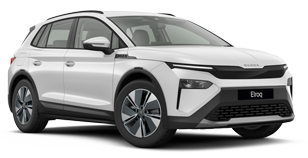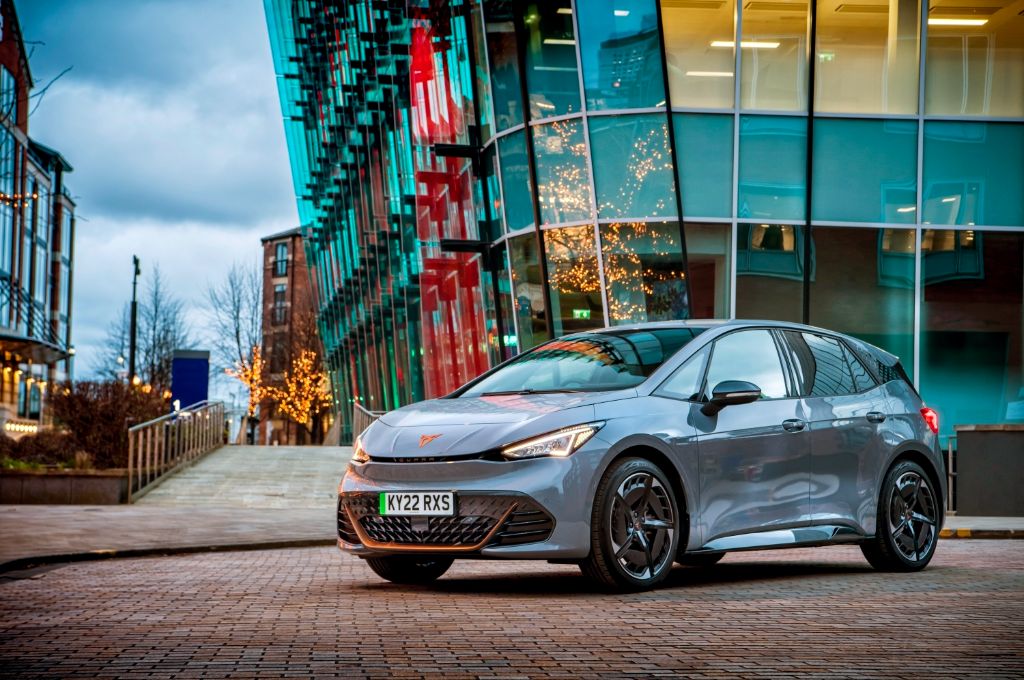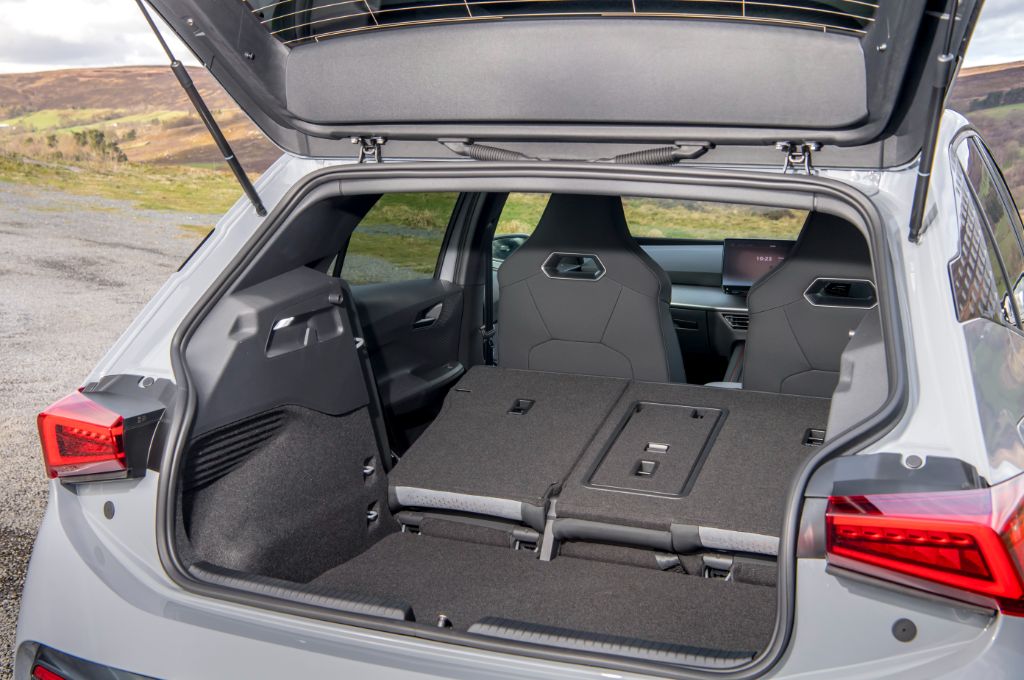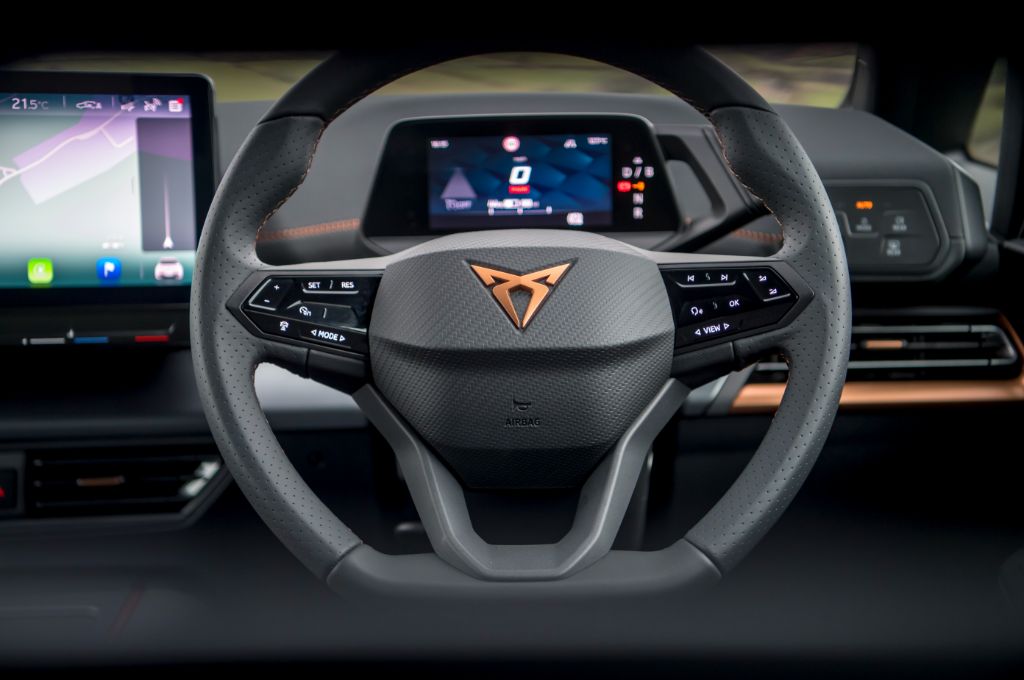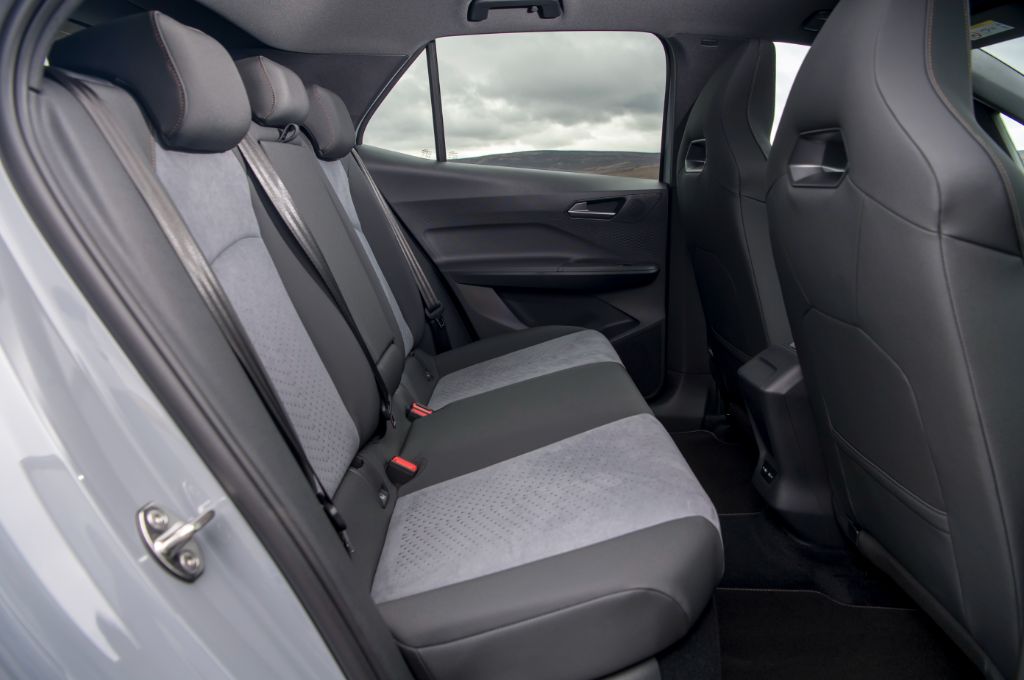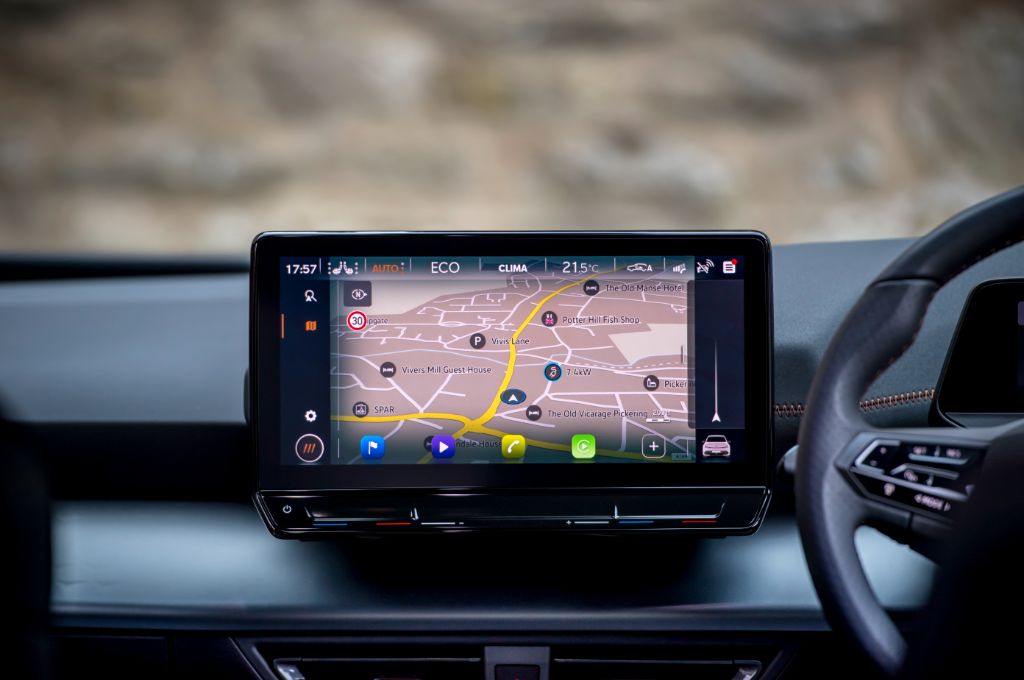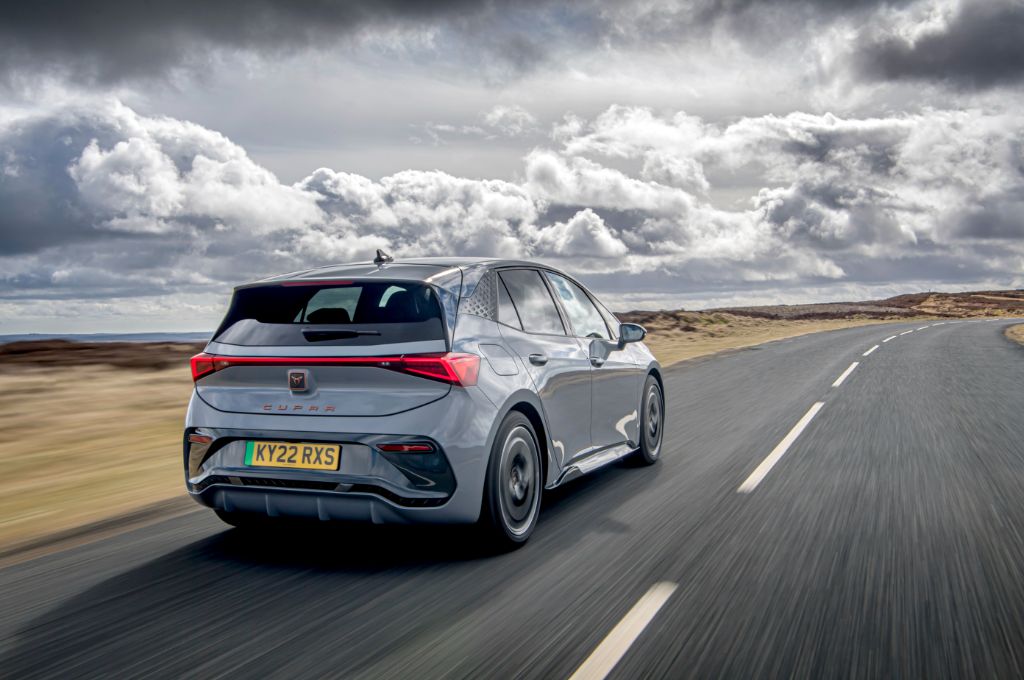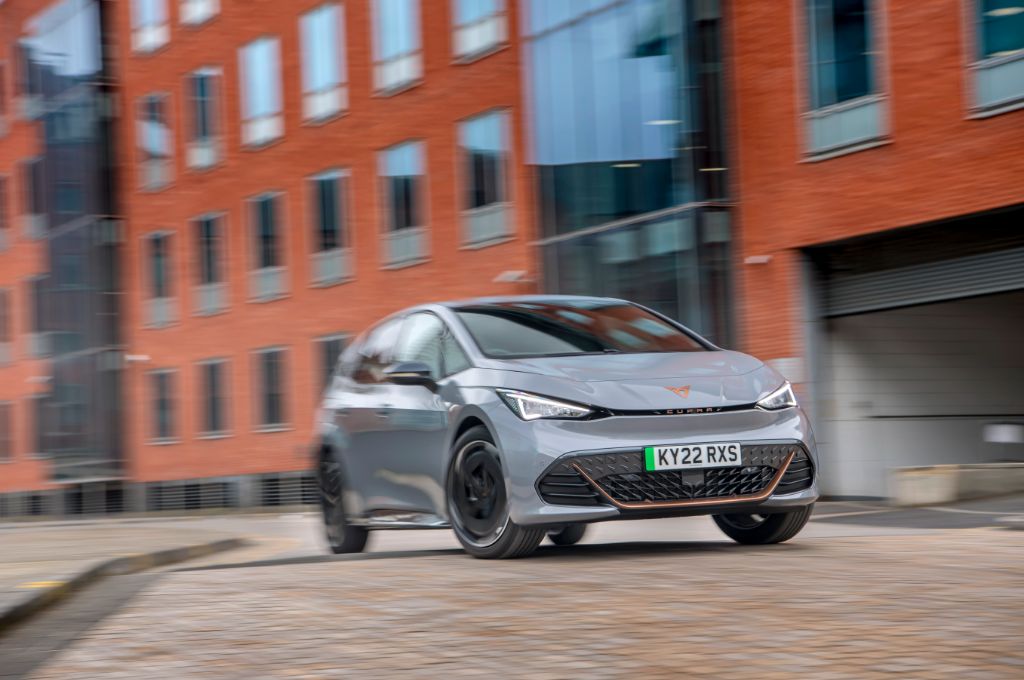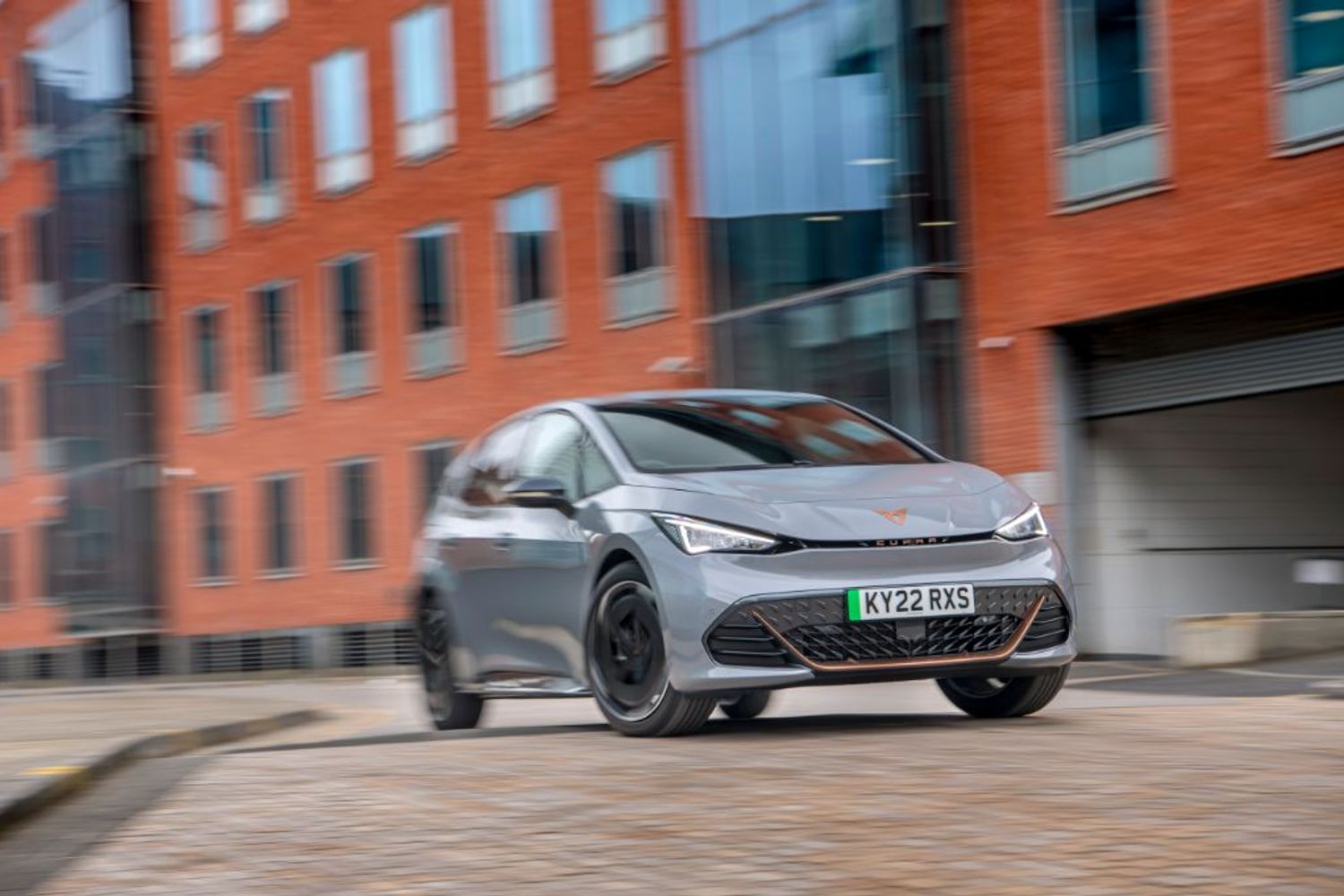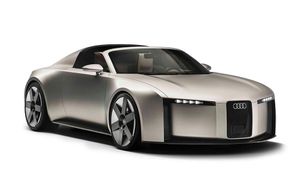Motors and Performance
Cupra widened the Born’s model range in 2023, offering more range and performance. The 58kWh and 77kWh both come with rear-mounted, 228bhp electric motors complete with an 'e-Boost' button for a brief boost of power when you're overtaking. That means that the slightly lighter, 58kWh model manages 0-62mph in 6.7 seconds while the 77kWh takes a fraction longer at 7.1 seconds. You can read our dedicated review of the Cupra Born VZ for a full, detailed look at how this sporty model drives, but suffice to say that it's quick - as the 5.6 second 0-62mph time suggests!
More importantly, the pedal responses in all of the Cupra Born models are easy to modulate and predict, making this a fun car to drive whether you're wheeling through awkward town roads or having fun on a great country road. It's fast enough to feel fizzy and responsive, yet always feels approachable and confidence-inspiring.
Brake regen' could be more variable, though. It defaults to a very mild regen' that you barely notice, or you can up it to a heavier setting by choosing 'B' on the gear selector. Rivals like the Renault Megane E-Tech and Kia EV3 both offer more variable brake regen' levels, and the Kia even goes one better with a one-pedal mode.
Drive and Handling
Cupra has done a decent job of sharpening up the responses and although it doesn’t quite feel like an ‘electric GTI’, it delivers a pretty engaging drive. The ride feels firmer but not too harsh while the steering feels sharper and more direct. It’s equally at home on the motorway, although the fatter tyres of the Born does mean the cabin is slightly noisier at higher speeds.
The trade-off is improved grip when cornering and braking compared to the skinny-tyred ID.3, so don't worry about traction in this rear-wheel drive electric car. Yes, it's got lots of torque and in slippery conditions it'll spin its wheels up if you accelerate hard out of a junction, but even in bad weather it still feels sure-footed and easy to drive.





